Written by Beth Byrne
It’s a cold dark night, dim streaks of light flicker gently on your face. You move slowly and carefully through the silence. When all of a sudden you feel something slip around your neck. You struggle to free yourself, the more you move, the tighter it becomes. You can’t see what it is. You’re trapped and you’re alone.
Sounds like a nightmare doesn’t it?
(PD NOAA)
Accidental capture and entanglement in fishing gear are the biggest threat to sea life, including whales, dolphins and porpoises worldwide, killing more than 300,000 cetaceans per year.
Ghost nests are fishing nests that have been lost, abandoned or discarded at sea. 640,000 tonnes of discarded fishing gear is left in the oceans each year. Oceanic currents move these nets long distances, making them difficult to track. These nets trap marine life, small entangled fish act as bait for larger marine predators, such as turtles, sharks, whales and dolphins. Which may themselves become entangled. If unnoticed, ghost nests smother coral reefs and cause further loss by spreading disease, parasites and invasive species.
Since the late 50’s when we began to use synthetic materials in fishing gear, thousands of kilometres of nets has been lost. Fishermen in the Baltic Sea lose 165km of nets each year in Swedish waters alone. Extrapolating this data to incorporate all the countries surrounding the Baltic Sea, this amounts to 1320 km per year, which is roughly the same length as the UK.
The Olive Ridley Project, founded in the Maldives, charity found 107 ghosts nets in 2013, 54 of those nets had one or more turtles entangled. In these nets, 61 individual olive ridley turtles were found alongside 4 hawksbill turtles and a green turtle, all of which are endangered species. In the Maldives, net fishing is banned, using traditional pole and line and hand-line fishing. So where are these nets coming from? There are three main fishing techniques used in the Indian Ocean, Purse-Seine fishing, Drifting Gill Nets and Trawling, however many are thought to have come from illegal fishing operations.
The Indian Ocean host many turtle nesting sites. After they are born, juvenile turtles find mats of floating algae, which they use as mini ecosystems, providing food and shelter. However, many turtles mistake ghost nets for algae and become entangled, drowning before they even reach their first year.
Ghost fishing is not just a foreign issue to be fixed by some legislation in another country, 25,000 nets in the northeast Atlantic were recorded lost or discarded annually. This phantom is menacing the UK marine life and damaging the amazing ecosystems in the waters that surround us.
There are two species of seal that live in our waters, the Grey seal and the Harbour seal. Young seals are curious animals which can lead to them playing in abandoned nets. Seals trapped in netting often find themselves unable to move as it tightens around their neck or flipper, often becoming mutilated and dying slowly.
Minke whales in Scottish waters have also been reported entangled in fishing gear, predominantly creel lines. Fishing-related mortality is thought to be the cause of death in approximately half of all UK examined baleen whales.
The Leatherback turtle, a critically endangered species, is the most common species of turtle found in British waters. Between July and October, these turtles migrate to our waters to feast on jellyfish, endangering themselves to the ghost nets that haunt our seas.
It’s not just marine mammals that are at risk; seabirds, such as Gannets, often get fishing line wrapped around its neck, leading to drowning, decapitation, amputation or starvation.
As well as devastating marine life, ghost fishing causes massive economic loss. In 2008 there were 286 rescues in UK waters of vessels with fouled propellers, incurring a cost of between €830,000 to €2,189,000. So everyone needs to work together to remove this threat from our seas.
(CC-BY-SA-2.0 Mike Pennington, Geograph Project)
A recent study by scientists has looked into the entanglement of whales. Using vertebrae and muscle measurements taken from dozens of whale skeletons, a team of marine biologists has created a chart for estimating the maximum pulling force that different whale and dolphins can create with their tail flukes. These values may someday aid in designing fishing rope that whales can break or nets with built-in weak links that come apart when a whale or dolphin becomes entangled. This science may prevent critically endangered populations from becoming entangled and suffering a very slow and painful death.
Although this data is invaluable, it is important to remember that entanglements involve living whales and dolphins so behaviour is a significant factor to consider. In many cases, cetaceans will actually roll in the gear, rather than pull away. Taking this path of “least resistance” may make sense to the animal at the time, by reducing the pressure they feel from the gear, but it ultimately exacerbates the entanglement. There is no simple answer to this complex problem but the data presented provides valuable insight.
UK charities are working with governments, industry and members of the public to find and implement solutions for a future free from ghost fishing litter.
What can we do to help?
Take action by learning to identify and collect ghost gear. If you’re walking along the beach, and you find some fishing nets, all you have to do is take a photo and send it to World Animal Protection.
Fishing gear can actually be recycled into sustainable textile products, if you would like to read more about this check out Healthy Seas.
References and Interesting Links:
Threats of Ghost Fishing, Olive Ridley Project.
Ghosts in the Baltic Sea: Kvarnviken Film.
Sea Change: Tackling Ghost Fishing Gear. World Animal Protection.
Fishing’s Phantom Menace, World Animal Protection.
New study May Help Free Whales From Fishing Rope Entanglement.
Size Does Matter For Entangled Whales But Study Finds That Bigger Is Not Necessarily Stronger.

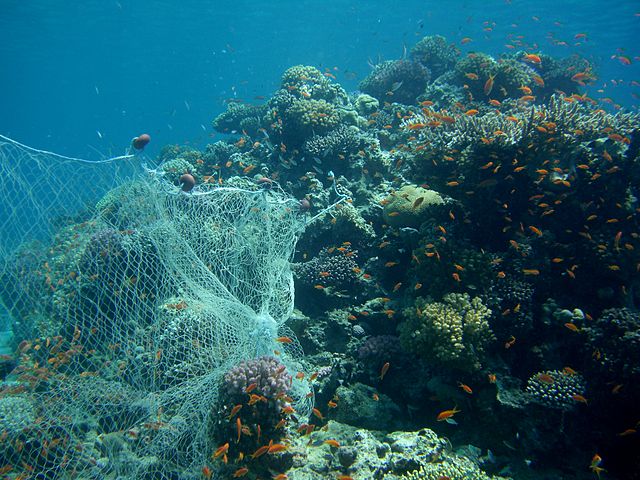
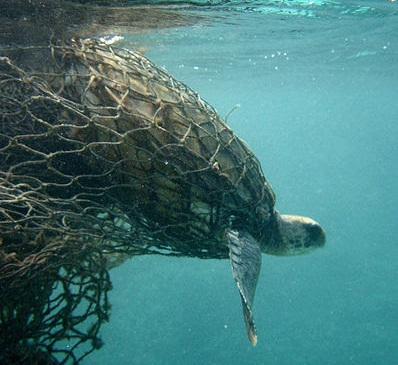
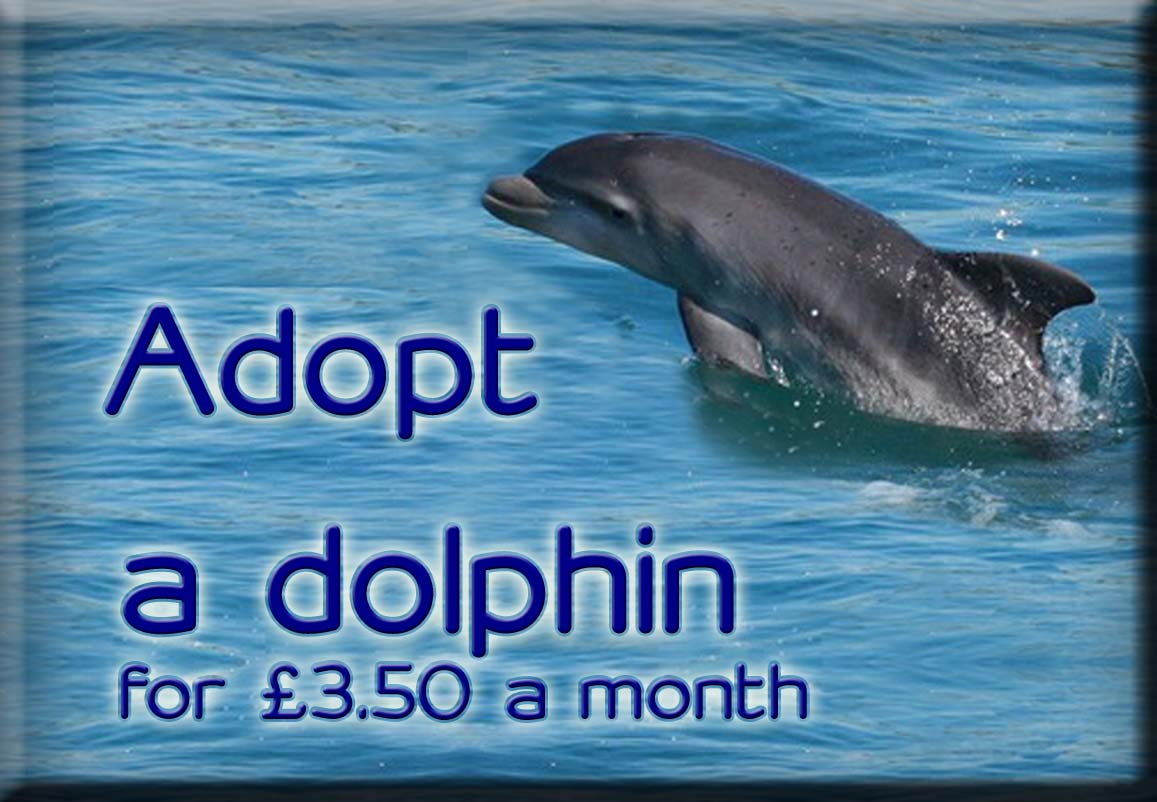
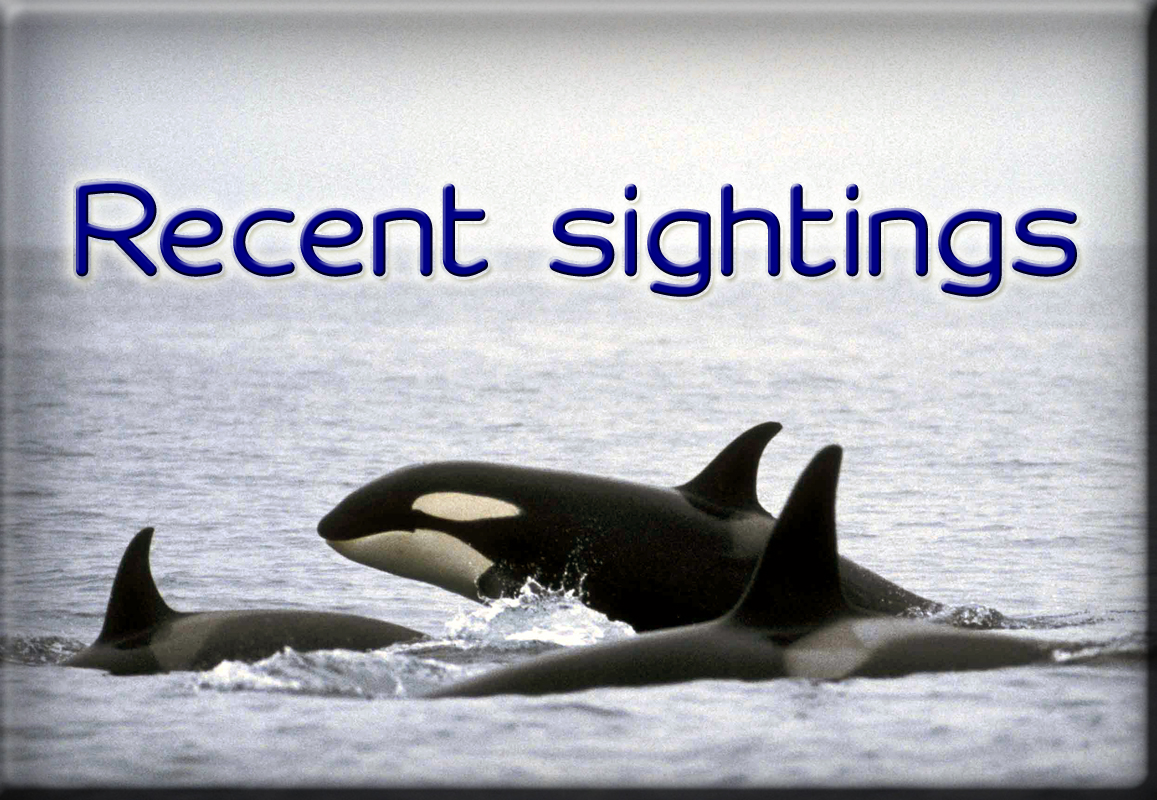
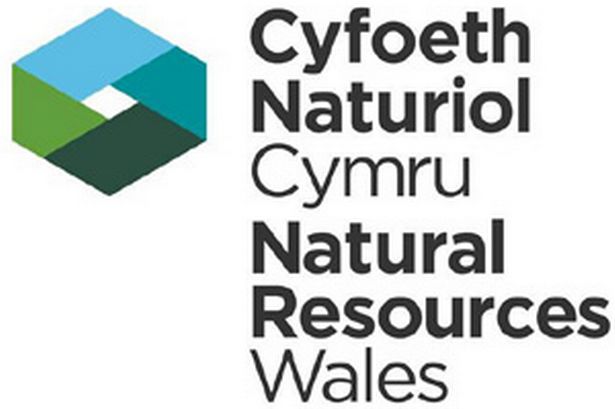






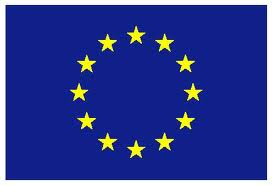














Pingback: Sea Watch Foundation » Where to see Humpback Whales in the UK?